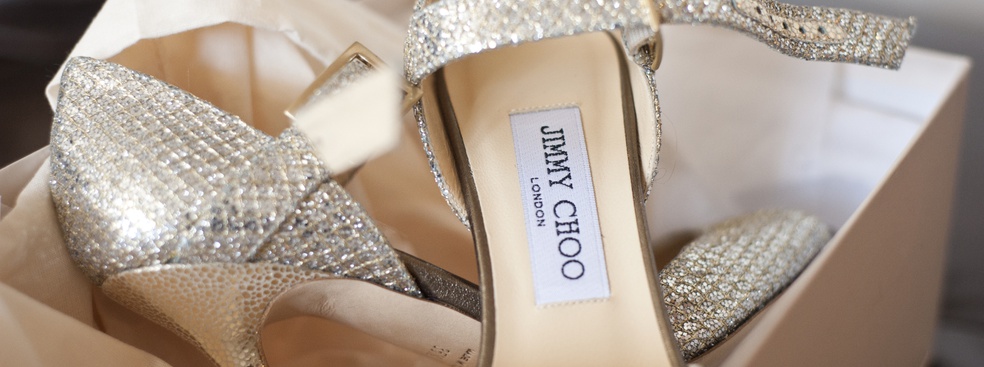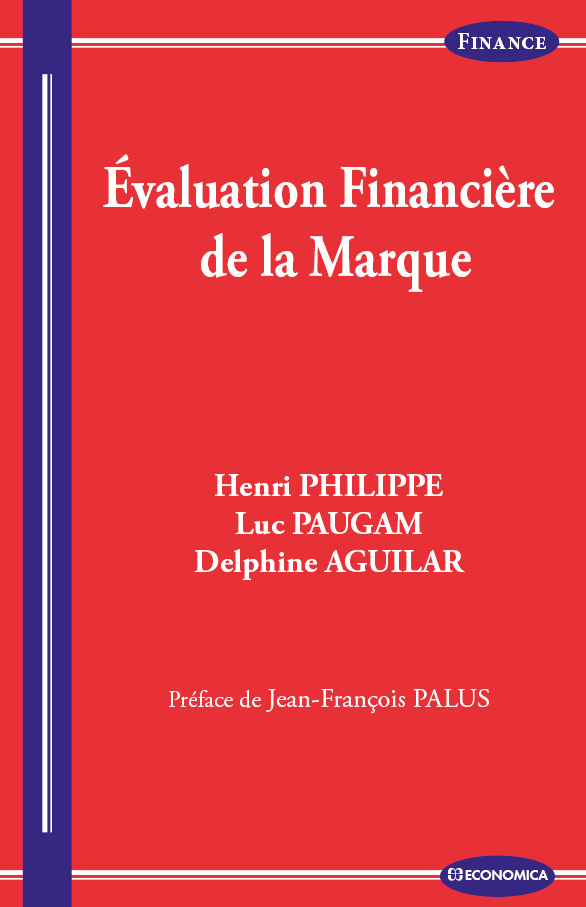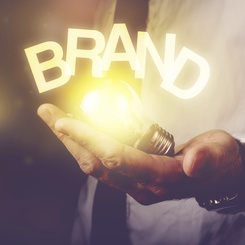A name, a logo, a color or even a jingle – brands are core assets held by organizations: externally, they convey a positive image and differentiate firms from their competitors. Internally, they unify and motivate employees.
Brands, in fact, are important intangible assets for organizations - non-monetary holdings without physical substance, but a positive value – sometimes very high.
Take for example the ranking by the firm Interbrand "100 Best Global Brands." The value of the Google brand (ranked #2) is estimated at 107.4 billion dollars. But for BrandFinance, Google’s brand is worth only 68.2 billion dollars. Their estimations for the Apple brand also differ by billions.
What accounts for these huge differences?
These differences highlight the enormous uncertainty of brand valuation. It’s becoming more important than ever to objectively evaluate, in multiple contexts.
Brand value at IPO
Take the example of an Initial Public Offering (IPO). Jimmy Choo, an American manufacturer and distributor of luxury shoes, popularized by the series Sex and the City, was introduced at the London Stock Exchange in October 2014, and was valued at 550 million pounds.
On the balance sheet, the brand "Jimmy Choo" alone is worth 264 million pounds Sterling, slightly less than half of the company's market value.
How and when was this estimation made?
In reality it was made in 2011 – so the value has surely evolved since. However, current accounting standards do not require an updated estimation of brand value for an IPO. It is up to investors to make their own estimates.
Estimating is extremely complex, especially when it comes to a luxury brand:
- The scope of the brand is critical: what products and services will be offered by the brand? Shoes, sunglasses, leather goods, ready to wear, accessories, decoration, cosmetics?
- What geographic areas will be developed? Emerging economies, Asia? When?
- The brand is an asset that belongs to the intangible economy and therefore can be used on multiple products.
In the luxury sector, brands occupy an important place. Entire organization can be turned towards their preservation and development. The activities of companies like LVMH and Kering, listed in Paris, for example, are very brand oriented.
Brand Value at Acquisition
Apart from the IPO, there are obviously other cases where the assessment of the brand becomes critical, especially when a company is being acquired.This is important because some buyers realize a transaction for the sole purpose of controlling intangible assets – the brand but also a technology or even a customer base.
Take the example of Burger King which is currently in negations for the acquisition of Tim Hortons, a Canadian restaurant chain with a strong presence, worth some 11.5 billion dollars. The value of the restaurant business depends on the ability of the brand "Tim Hortons" to differentiate itself from other coffee shops by conveying a strong and positive image.
In general, strong brands are popular with investors particularly in the consumer sector. Warren Buffet is known for these investments in iconic brands, cultural pillars of the United States: Coca-Cola, Dairy Queen, Geico, McDonalds and Heinz.
Despite its complexity, the evaluation of brands is now a major issue for organizations wishing to leverage the importance of intangible assets.
Further reading:
Luc Paugam, Evaluation financière de la marque. (avec H. Philippe, D. Aguilar). Paris (France) : Economica, 2014










